Corset History - Corset 101

As per the fashion history, it is revealed that the first recorded corset was originated from Crete in Greece and it was worn by the Minoan people. From the images on ancient pottery show, it was seen that both women and men wore fitting belts and vests with leather rings or straps what helped to constrict and shape the waist. It showed a woman
As per the fashion history, it is revealed that the first recorded corset was originated from Crete in Greece and it was worn by the Minoan people. From the images on ancient pottery show, it was seen that both women and men wore fitting belts and vests with leather rings or straps what helped to constrict and shape the waist. It showed a woman's ideal shape by accentuating the beauty of her curves and exposing bare breasts. Both Minoan men and women wanted a small waist. The children of that time used to wear a girdle around their waists and it was tightened as they grew to stop growth in the waist area. The Grecian women used to wear an elaborate, stiff girdle called a zone on the outside of their garments to give an accurate shape of their waist.
Middle Ages
The historians were unsure if the middle age women wore corsets or not because they usually covered their body from head to toe in a modest way. The common dresses of that time were tunics and long clothing. So it can be easily said that their body was sinful and the dresses were usually loose and flowing. During the 12th century, an illustration of a demon reveals that instead of wearing a separate support garment, bones or wooden slats were seen into the actual gown if needed. During the gothic period of 1300s experts discovered that the women then used bandages to slim the waist underneath long and light fitting clothes. At the end of the 1400s, stiffened with strengthens fabric front laced bodices were worn and sometimes it was with brass wires.
15th century
'Cotte' was a tight-fitting garment whose name meant 'on the rib' and it was first worn in France during the 15th century. During that time, the wealthy French women had a desire of thinner waistline using stiffened linen undergarments and it was tightened by front or back laces. In the 1400s century, Angel Sorel who was the mistress to Charles VII of France used to wear a gown in the French court which fully exposed her breasts. After this appearance, many French women started to open their bodies to reveal their breast.
16th Century
During the 1500s, the French aristocrat Catherine de Medici banned 'thick waists' at court. It insisted the wealthy women wear a corset in the public view. Instead of shaping clothes to the body, the women of the 16th century started to conform to the fashionable shape of the clothing. Bodices became a separate article of underclothing which was laced together at the front or back. The corsets which were tied up at the front consisted of a decorated fabric panel called the 'stomacher,' was attached to conceal the laces. In Spain, the corsets were supported in the front by a vertically placed wooden or bone rod known as busk and it helped to produce a flat shape. Here the busk was often used for any special occasion and events and sometimes it was presented to a suitor as a prize when he got interested in a female. Men also sported polished and decorated breastplates to show their wealth. Other countries developed their corsets in Spanish style. In England, 'Tudor corset' utilizes iron corset covers for both men and women but France, Germany, and Italy preferred a less stiff style to eventuate a wider hipline. Queen Elizabeth created Elizabeth corset' which was inspired by the Tudor, consisted of less rigid and it was used to emphasize the waistline. Corsets are worn with a 'farthingale' and it held outskirts in a stiff shape turning the upper torso into an inverted cone shape. Some corsets were made with shoulder straps and it ended in flaps at the waist. It helped to flatter the waist and pushed the breasts upwards.
17th Century
17th Century corsets were made with linen and boned with reeds, bents or whalebones. Here the neckline of the corset ranged from high neck to very low. When a prominent bust was desired by the women, then the corsets were made to accentuate the bust and put more emphasis on the decolletage. You can see many pictures of the important people of this era such as Queen Mary II, Henrietta Maria and the wife of Charles I of England were painted in many paining with fully bare breasts. To expose the breasts were considered as the aristocracy of upper classes and considered as a status symbol and sign of beauty. Sometimes the corsets came with attached sleeves and in that case, lacing became a very decorative feature of the corsets. Some women also added some ribbons here for extra accents. During this time, corsets were transformed into a fabric bodice and it was mounted on a heavily boned lining. The front of these corsets was contained with a long pointed busk. From other records, it is seen there were some health concerns for young girls that began with the tight lacing. Later in the period, the dresses themselves were boned, still, there is a doubt that if the women of that time wore corsets and a boned dress together or not.
18th Century
The 1700's corset was made in more constricting shape. During this time, corsets were made of stiff materials where the rows were closely stitched encasing whalebone, cane or hemp like materials. These designs were long-waisted and it had cut with a narrow back, wide front, and shoulder straps. Very erect posture and a high full bosom with shoulders thrown back was a characteristic of this period. These corsets were included with taps which were formed by making cuts from the lower edge to the waistband and when that was spread on the body, it gave hips more room and comfort. These corsets were often highly decorated with finely stitched tunnels for boning, and precious silk brocade and gold trims.
19th Century
The 19th Century corsets were long, soft and came with more natural shape which reflected the fashion of this era. High waisted and long flowing dresses were made from fine silk and muslins. These corsets were made of sateen, cotton, silk or linen and here the support was achieved through quilting/coding. The women of this era were gifted with corsets made out of ivory, whalebone steel or wood along with hand-carved love poems and pictures on them. During the mid 19th century, the heavily boned rigid corsetry with tight lacing became popular to achieve a small waist. Bodies began to be tighter fitting and the skirts were full and bell shape and it created the illusion of a smaller waist. This was not uncommon for 1860s era corsets to be boned with 60 whalebone and some corsets of this era were found with 100 bones in them. One of the major inventions of this time was front fastening busk and it allowed the women to put on her corset easily by herself.
Present
In today's society, corsets are reserved for costumes, stage performance or for waist training. Some celebrities such as Beyonce, Shakira, and Lady Gaga wear a corset for their on-stage production to add drama and femininity to their act. Corsets are nowadays seen in stage plays, operas, etc. Still, some celebrities used corsets to achieve a small waist. With the comfort of normal underwear and a wider acceptance of all body types wearing corsets to achieve a perfect body shape.
Corsetdeal is world's largest corset store with 1000+ designs, 75000 corsets in stock. All our Corsets are lined with 100% premium cotton, boned with spiral steel bones evenly distributed throughout the torso for better shape and comfort.It's not just off the peg corsets, Corsetdeal Offer Bespoke Corset range at affordable price.

Corsets and Corseting 101: FAQs – Orchard Corset
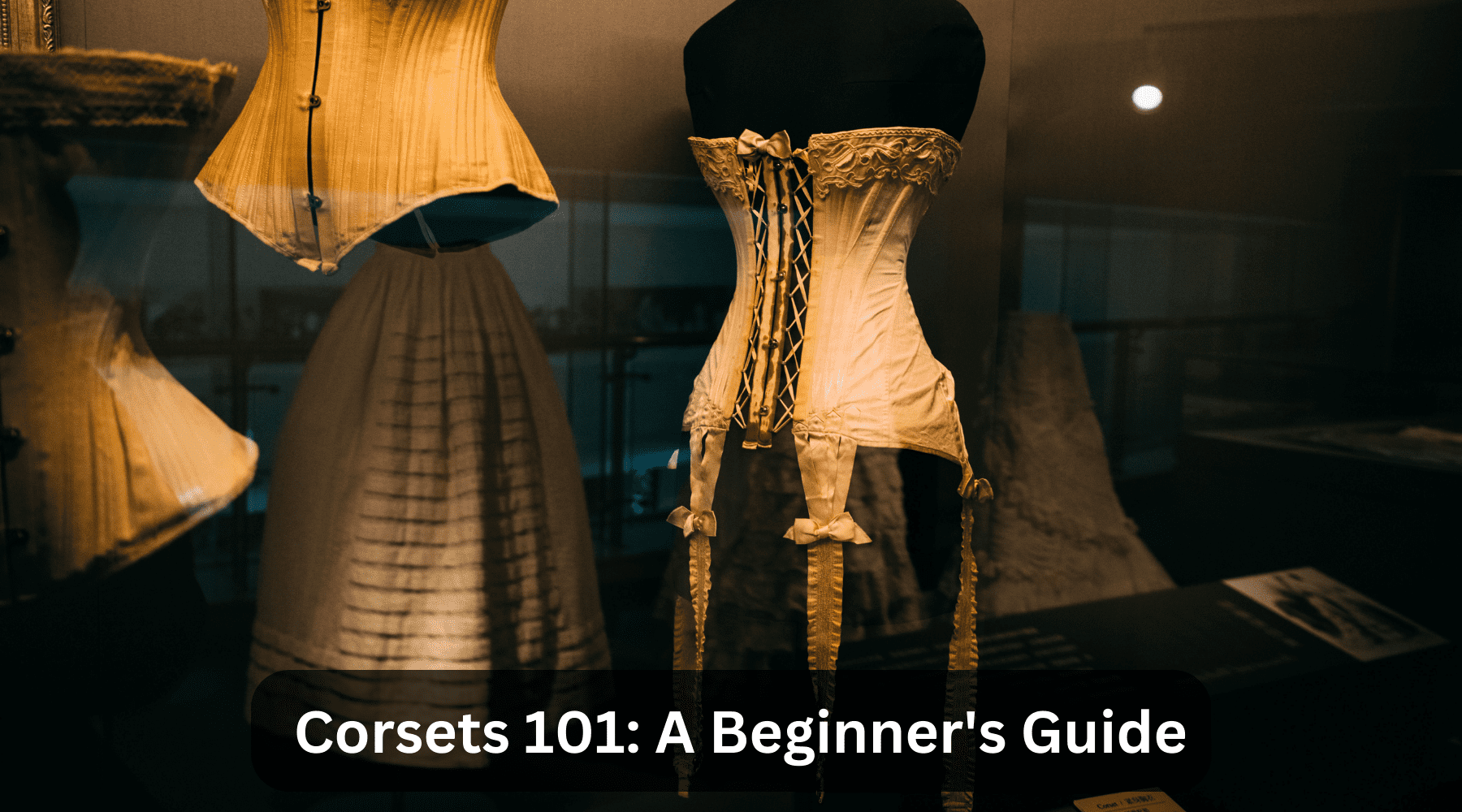
Corsets 101: A Beginner's Guide, Everything About Corsets – Miss
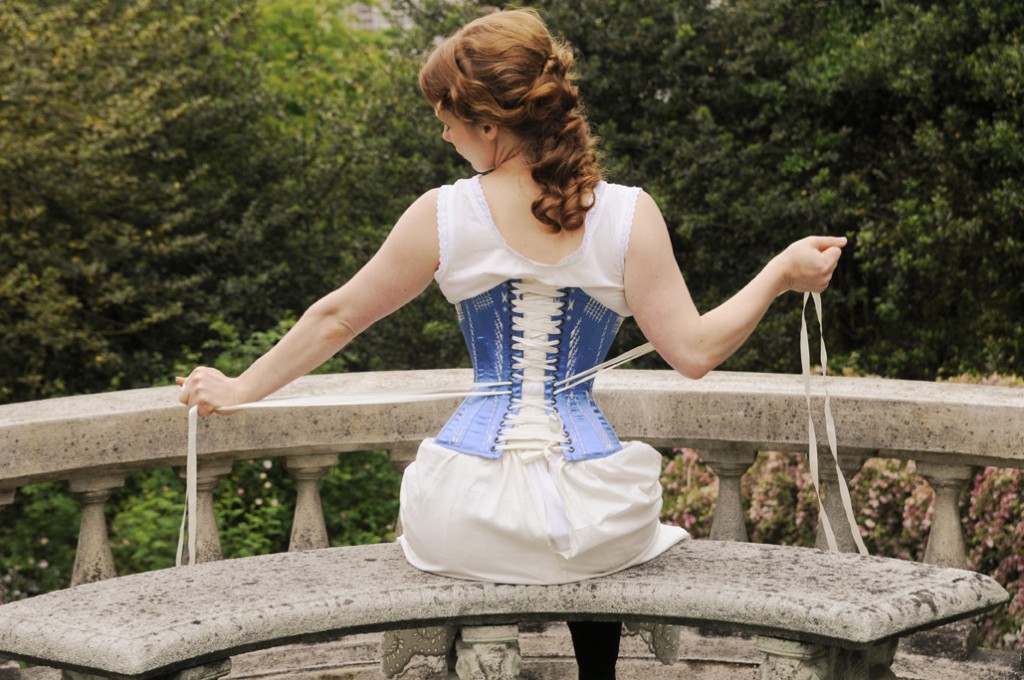
Corsets - wearing - Andrea Schewe Design

Fashion 101 Sew In Season

Corset History - Corset 101
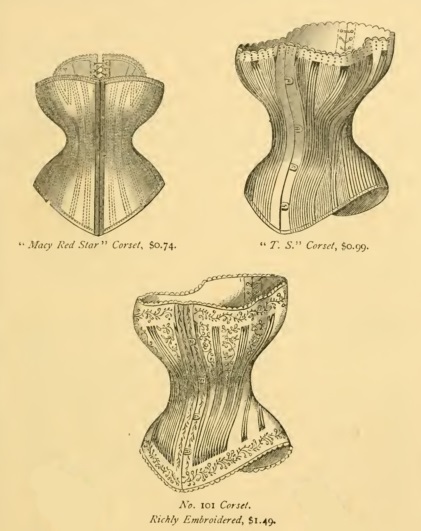
Victorian Corsets - Old Fashioned Corsets & Patterns
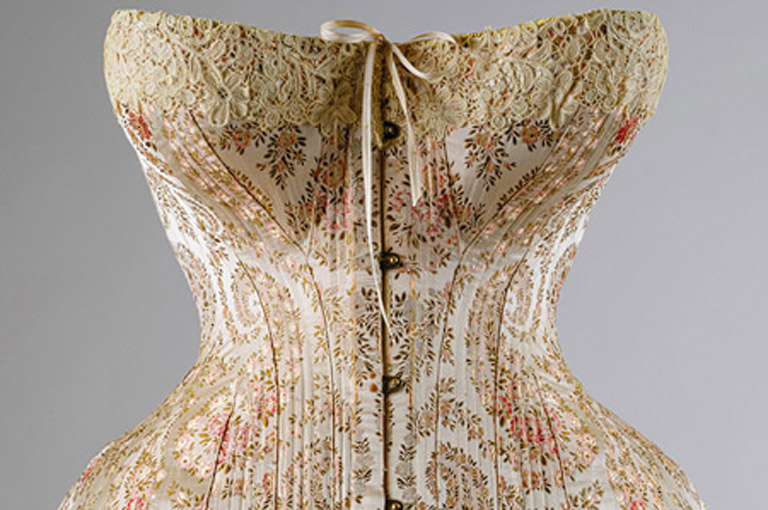
The Ins and Outs of the Corset - Canada's History
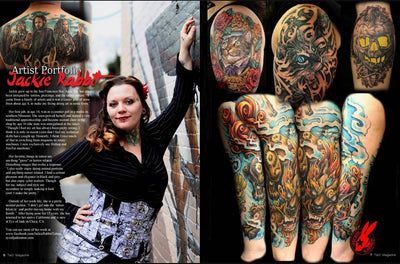
Corset History - Corset 101

corset silhouette timeline - Google Search

Corsets and Corseting 101: FAQs – Orchard Corset